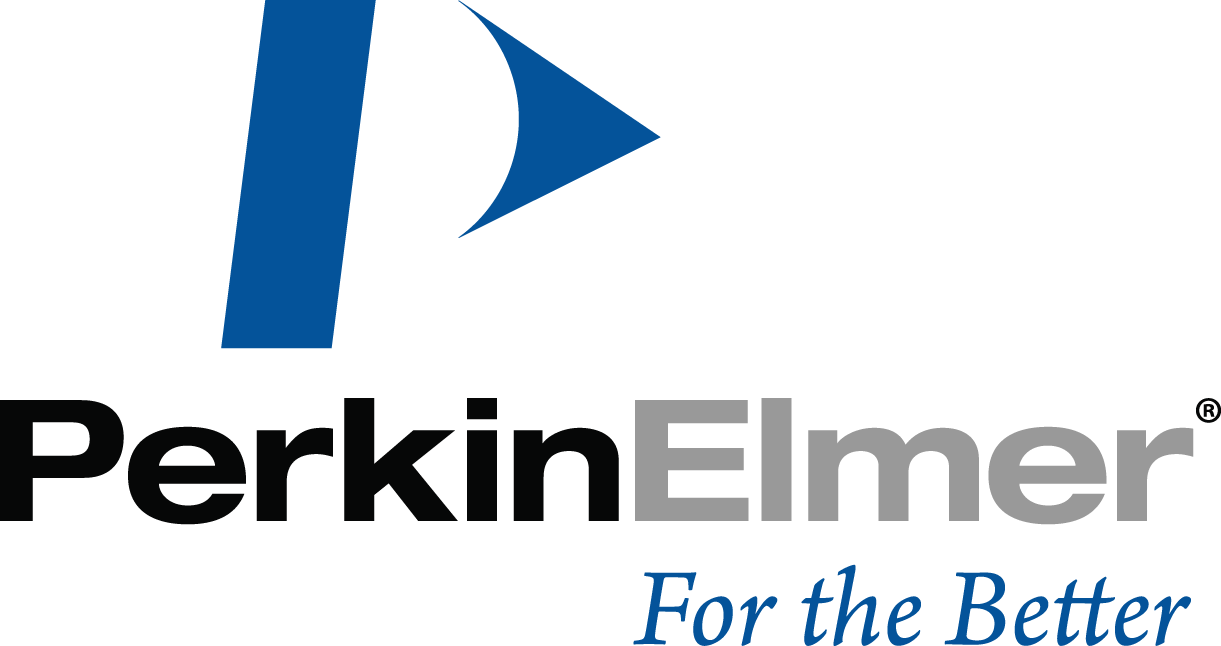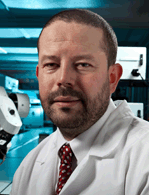08:00 | Registration |
|
Advanced Cell Based Models for High Content Screening & Analysis |
| |
09:00 | |
10:00 | Coffee & Networking in Exhibition Hall |
10:45 | Complex Cell- and Tissue Based Models for Phenotypic High Content Screening, Target Validation, and Lead Development
Matthias Nees, Principal Scientist, VTT Technical Research Centre, Finland
In summary, our tissue-culture platform provides a broadly applicable enabling technology that allows users to perform high content, cell-based screens at reduced costs, standardized conditions, and with significantly increased experimental throughput. This can be applied to a broad spectrum of different human or animal tissues, and used for target validation, drug discovery, lead development or the functional assessment of prognostic biomarkers. |
11:30 | Automated Injection of Cancer Cells in 3D ECM Scaffolds and Zebrafish Embryos for (Personalized) Compound Screening
Jan de Sonneville, CEO, Life Science Methods B.V., Netherlands
When cell-polymer suspensions are microinjected as droplets into collagen gels, cell spheroid (CS) formation occurs within hours for a broad range of (primary) cell types. We have automated this method to produce CS arrays in fixed patterns with defined x-y-z spatial coordinates in multiwell plates and applied automated imaging and image analysis algorithms. Automated microinjection of cancer cells in zebrafish embryos results in xenograft models wherein the micro-metastasis at 5dpi can be correlated to the distinct migratory patterns found in CS. RNAi screening is used to discover targets affecting cell migration and survival. In zebrafish xenografts, interactions with cancer cells and treatment can be studied using microscopy and next-gen sequencing (NGS). We improved browsing and visualization of NGS data is in GeneTiles, which offers an interactive overview of regulatory changes without the need for zooming and scrolling. An example of a new kinase inhibitor demonstrates the translational power of 3D cells spheroids and zebrafish xenografts in mice and human tissue. |
12:15 |  Technology Spotlight: Technology Spotlight:
Automated Multivariate QC and Hit Stratification Platform for High Content Screening
David Gonzalez Knowles, Genomics Product Manager, Integromics
The High Content Profiler is a visual analytics environment that integrates the multivariate statistical methods in a homogeneous and industry-robust visual analytics platform, TIBCO Spotfire, with automated guided workflows executing all the data analysis processing steps in a reproducible way to provide scientists with the freedom to explore the results and focus on decision making.
|
12:30 | Lunch & Networking in Exhibition Hall |
13:30 | Poster Viewing Session |
14:15 | Microfluidic Platform for 3D Spherical Microtissues: Culturing and Imaging Approaches for Multi-Cell-Based Assays
Olivier Frey, Vice President Technologies and Platforms, InSphero AG, Switzerland
In-vitro cell-based assays play a key role in the overall process of drug discovery and can provide essential information on the efficacy and toxicity of a new compound. In order to increase the predictability of such assays, 3-dimensional tissue constructs receive more and more attention, as their organotypic nature is better suited to study complex physiological processes than that of 2-dimensional cell cultures, which is not only dependent on the fabrication method of 3-dimensional tissue structures, as the utilized microenvironment also strongly influences long-term viability and functionality. In our lab, we focus on spherical microtissues, produced by the hanging drop technology, as they offer two key advantages over other cell culture formats that have been used in conjunction with microfluidic networks for cell-based assays: First, they are comparably simple and reproducible to fabricate, and possess organotypic functionality and biomimetic morphology. Second, their spherical shape and compact constitution, as well as their precisely controllable size make them ideal candidates for handling in microfluidic structures in contrast to 3D-hydrogel or scaffold-based cell-cultures. Combining the advantages of spheroids and the technical capabilities of microfluidic engineering offers the possibility to develop a modular platform that accommodates multiple tissues of different cell types (e.g. tumor, liver, heart). Dedicated culturing compartments host the microtissues, and fluidic interconnections between these compartments allow for mimicking the physiological context and conditions of the human body. Further, microfabrication technologies allow the direct integration of microelectrodes for tissue monitoring via electrical impedance spectroscopy, a label-free and complementary read-out to optical microscopy. |
15:00 | High Content Screening for Physiological Endpoints in the Development of an RNA Therapeutic for Heart Failure
Mark Mercola, Professor, Sanford Burnham Medical Research Institute, United States of America
High content screening of contractile calcium transients was used to identify microRNAs that suppress cardiomyocyte contractility. An antisense RNA targeting one of the microRNAs halted the progression of established heart failure in a mouse model. |
15:45 | Coffee & Networking in Exhibition Hall |
16:30 | A High Content Imaging Platform to Study Spatio-temporal Signaling Networks during Neuronal Differentiation
Olivier Pertz, Professor, University Of Basel, Switzerland
We report on a high content imaging platform that allows the study of neurite outgrowth dynamics in response to a large amount of perturbations. A computer vision approach extracts a large number of features that describe neurite morphodynamics. Statistical analysis allows to identify relevant phenotypic features that are pertinent to each molecular perturbation. Understanding neurite morphodynamics might enable a much more precise understanding of this complex process. |
17:15 | Analysis of Gene and microRNA Function through High-Content Screening
Miguel Mano, Scientific Manager, International Centre for Genetic Engineering and Biotechnology, Italy
This presentation will discuss successful examples of high-content fluorescence microscopy screenings with genome-wide libraries of siRNAs and microRNA mimics/inhibitors, in different biological contexts. |
18:00 | Roundtable Discussion - European Cell-based Assays Interest Group (EUCAI) |
18:45 | End of Day One |


